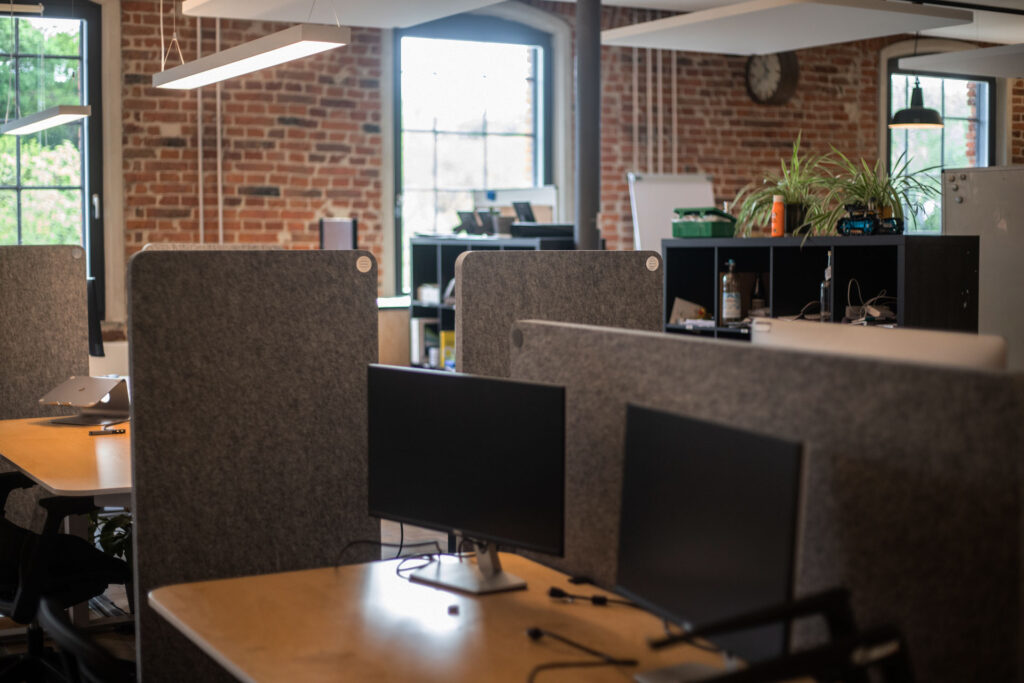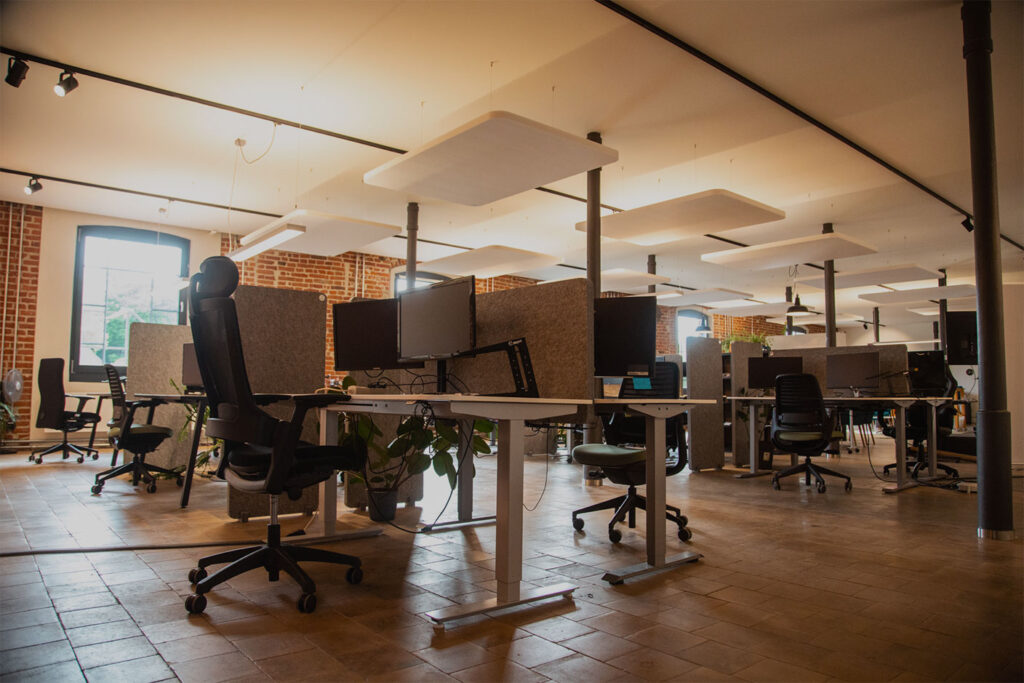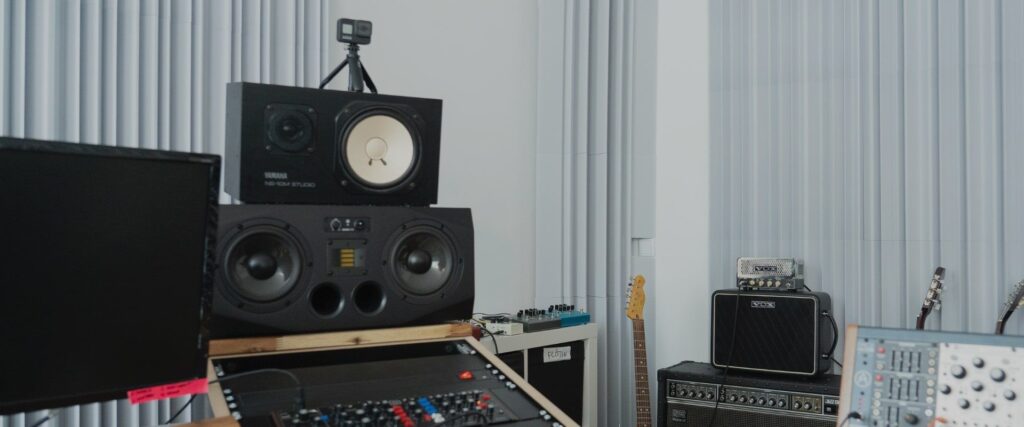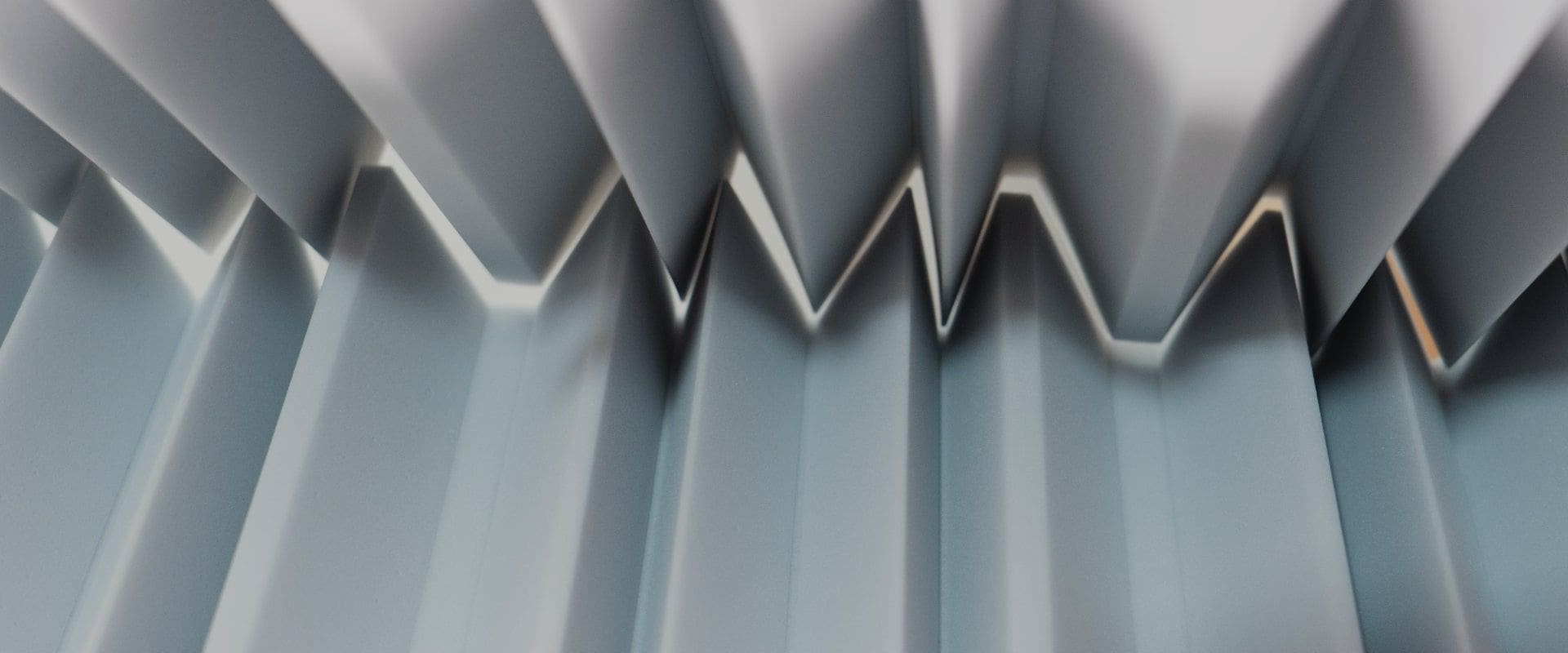
REVERBERATION
The reverberation time in a room is an important criteria for its sound. Generally speaking, the larger the room and the more reflective its surfaces, the longer it takes for the reverberation to decay.
Too much reverberation can lead to bad voice intelligibility. Music can sound blurry and washed-out, and details get lost in the reverb tail. On the other hand, a room with a very short reverberation time can sound dull and lifeless.
Reverberation is created when sound waves are reflected by walls, ceilings, floors, furniture and other objects. Ultimately, the sonic energy is converted to heat energy, and the air itself also contributes to dampening.
In studio control rooms, a reverberation time of about 0.15 to 0.3 seconds is considered ideal. In recording rooms, the reverberation time rarely exceeds 0.5 seconds. Opera houses and concert halls often have reverberation times of 1.5 to 2 seconds. The Cologne Cathedral has an average reverberation time of 12 seconds!
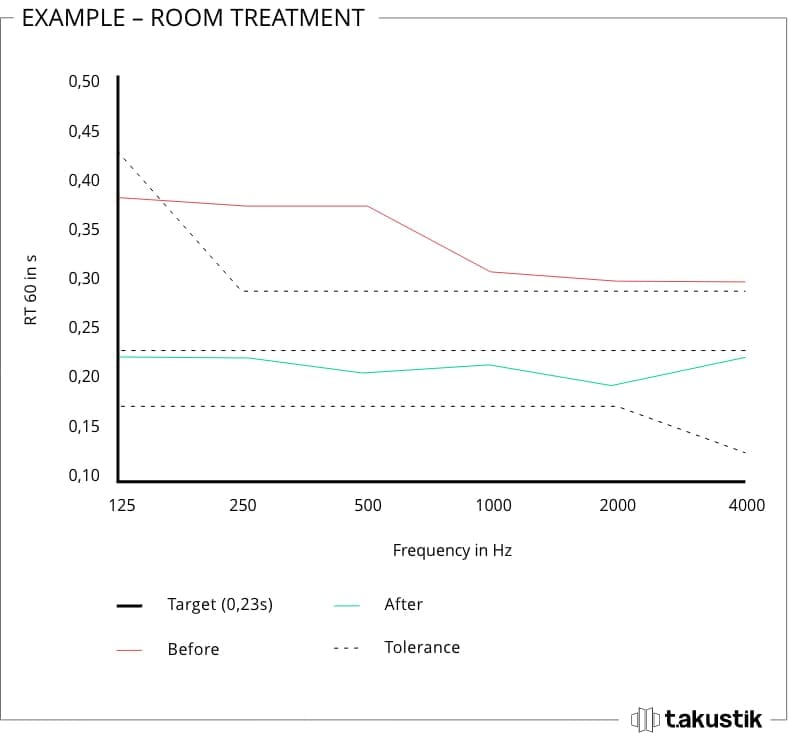
In most rooms, it’s possible to measure the reverberation time. This requires a short impulse like a gunshot or even a hand clap. The reverberation time is the time it takes for the initial sound pressure to decay to one thousandth. This corresponds to a reduction by 60 dB, which is why the reverberation time determined by this method is called “RT60” (Release Time / 60 dB).
In many larger rooms, the RT60 time is too long. In order to reduce the reverberation time, it’s possible to remove sonic energy by installing absorbers. In most studio rooms, however, reverberation is a much smaller problem in practice than early reflections and room modes.
More like this
You need to load content from reCAPTCHA to submit the form. Please note that doing so will share data with third-party providers.
More InformationYou are currently viewing a placeholder content from Turnstile. To access the actual content, click the button below. Please note that doing so will share data with third-party providers.
More InformationYou are currently viewing a placeholder content from Instagram. To access the actual content, click the button below. Please note that doing so will share data with third-party providers.
More InformationYou are currently viewing a placeholder content from Instagram. To access the actual content, click the button below. Please note that doing so will share data with third-party providers.
More Information